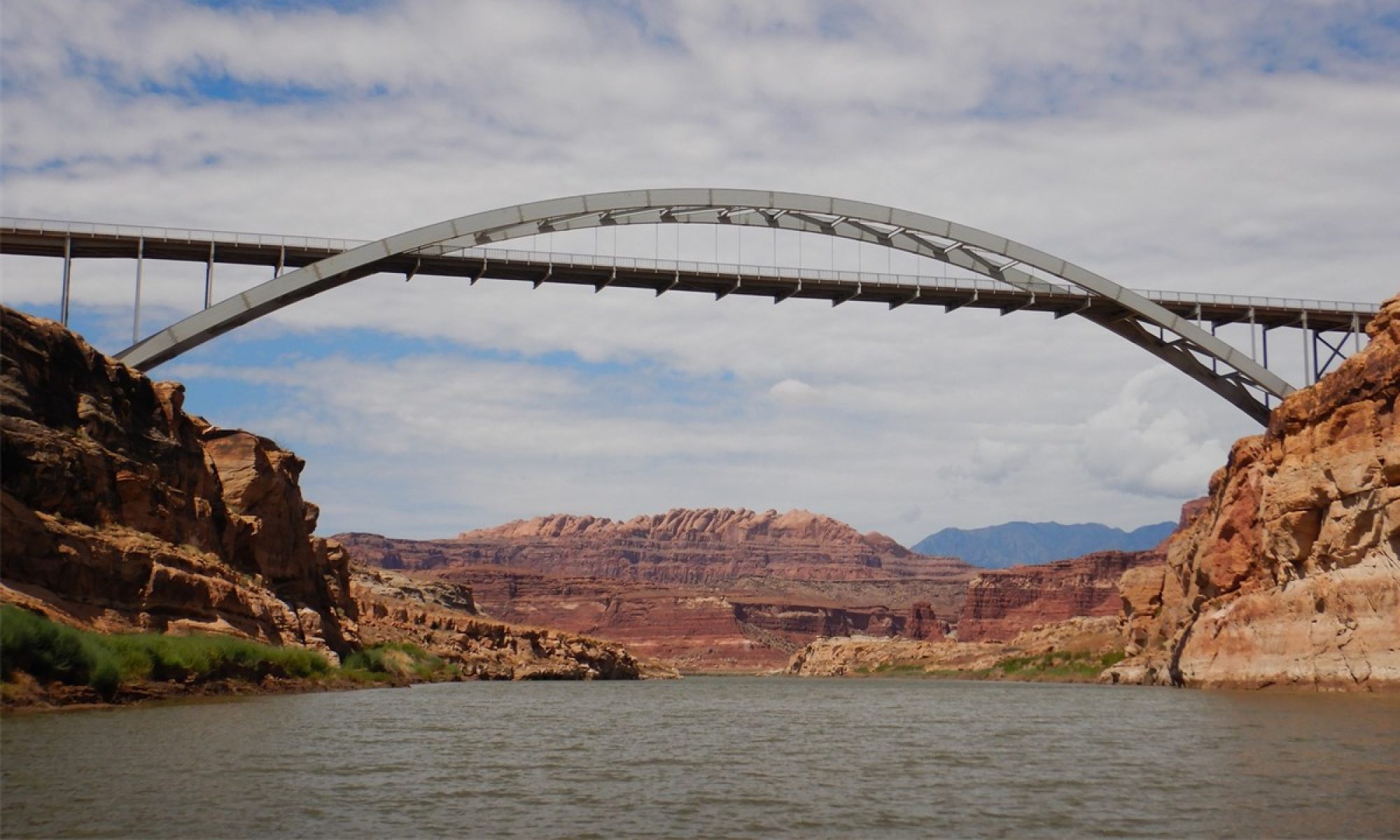August – September 2022
On Saturday we arrived at our landing site at Faksevagen. Rocky took a long strenuous hike to the top of the ridge line and then down to the beach and back including a 1200’ assent. Julie took the medium hike along the beach before doing a 300 ft assent to a smaller peak where she saw a herd of reindeer who had already gotten there white winter fur. That filled the morning, and so it was back to the ship for lunch while it sailed ~3.5 hours to Kinnvika, which is on the north side of Murchinsonfjord. Here the abandoned buildings are from 1956 where the Finns and the Swedes had established a scientific station during the year of the International Geophysical Year 1957-1958. The scientists carried out internationally agreed observations in geophysics, meteorology, northern lights, and earth magnetism. The site was abandoned after the experiments were completed. We went ashore to explore the site. Some of the buildings were open to walk through. The area is a desert of stone and rock with numerous small buildings including bunkhouses, kitchen, a great hall, and a sauna. There was rusty old track vehicle and lots of abandoned rusting implements. The site was temporarily used for experiments briefly again in 2007-2008 by a professor who was looking for organisms that lived in the ice. He lived in the hut with whale bones at its entrance. Then, in 2018 the governor of Svalbard renovated the site for heritage reasons. The area was also populated with a large number of Arctic terns! Arctic terns migrate annually over 93 days and 20,000 miles to Antarctica, but they have the ability to always return to the same spot over their 30-year life-span.

The next day we again had two hikes to choose from – one 3-hours long and 3 ½ miles up the side of a glacier to a high ridge, and one about 1-mile long to 3 separate viewpoints. Both ended at an old trappers hut named the “Texas Bar”. The hut had a front room for washing up and storage, and the main room slept 3, had an eating area, and a fully stocked bar. Travelers often take a drink, and occasionally leave a bottle. In 1936 a trapper invited his wife from Vienna Switzerland to join him in Svalbard, as well as his trapper friend, Trapper Tina. Her story can be read in a book title “A Woman in the Polar Night”. That afternoon, we took the zodiacs to the ice wall of the Monacobreen glacier where we saw numerous birds and some bearded seals. While there, the glacier calved a number of times – the most ever seen by the crew in our 1.5 hours of sightseeing. The Island in front of glacier was originally found on 1974 but then got covered again when glacier surged forward in 2004. Today, it is visible again. After returning to the ship, we were all invited for a High Tea, and then a charge to “polar plunge” into the swimming pool filled with the Arctic seawater. Rocky and 11 others took the “plunge”, as did about 8 of our guides. This was followed by a celebration with champagne and shots of aquavit followed by a daily wrap-up, dinner and dancing.
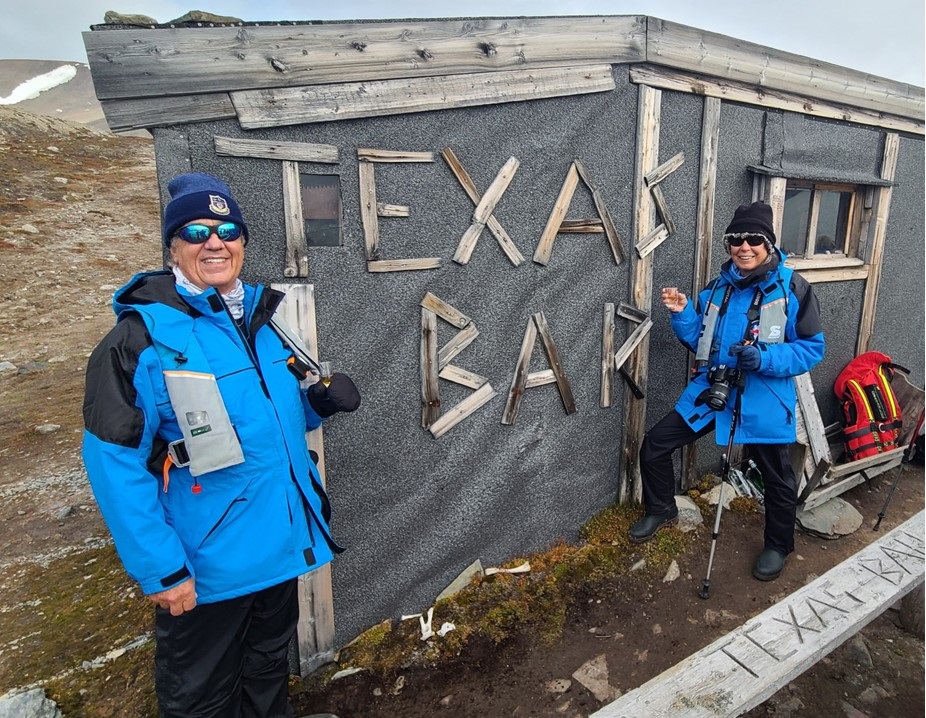
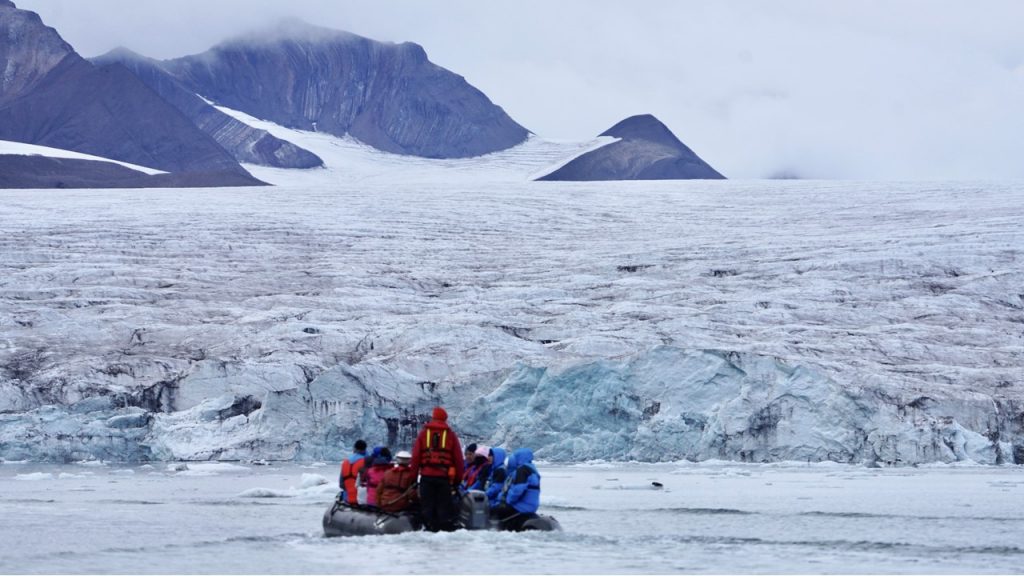
The next morning we were up early to look for wildlife at Ytre Norskoya, but visibility was poor so we went back to bed. After breakfast, we sat on the observation deck and watched the puffins at the shore. However, because of the strong currents, large ocean swells, and high wind we were unable to land there. Instead, we attended a lecture on permafrost and mercury poisoning. Twenty-eight percent of the entire earth is permanently frozen, and lies in the Arctic which is 90% of the ground. In Alaska, they study permafrost in an old military tunnel that is 60 feet underground. They have found that if they thaw some of the permafrost from 30,000 years ago, some of the bacterium frozen comes back to life. There is natural mercury in the permafrost and it is double the amount found in other ground.

Mercury has increased in plants and animals since the industrial revolution and is in nearly everything to some degree. Fisheries are required to measure mercury levels in all large fish, and if mercury levels are high, the fish cannot be sold. After the lectures, we prepared for a zodiac cruise of a small bay where we saw over a 100 Harbour seals sunny themselves on the rocks. They took a quick look at us and then went back to sunny themselves. We then took the zodiacs back to Ytre Norskeya, which had been a safe-haven for whaler’s ships and a good look out location for whales. Here we walked the sandy beach, saw the processing ovens for whale blubber, and viewed a raised hill where 182 British whalers, who died over the years, were buried. We also saw polar bear footprints leading across the site and a second set of polar bear prints at a 90 degree axis to the first. There were a large number of bird footprints everywhere. There was a relatively recent cabin sitting high against the cliff that is owned by the current deputy governor. Large orange jellyfish with long tentacle’s were all around on the beach. After the excursion, it was back to the ship for lunch and onto the next site. After going ashore, we marveled at the colorful lichens and took pictures of the seals on the rocks. That night, there was a “Birthday Dinner” celebration for Rocky with our newest friends: Cindy & Paul, Heather & Marty, and our guide Andrea.
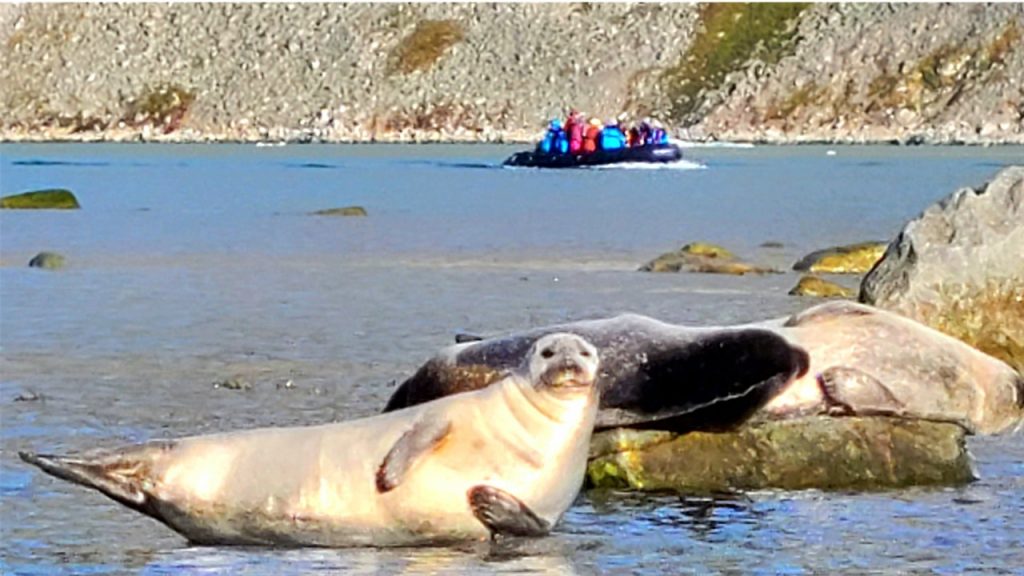
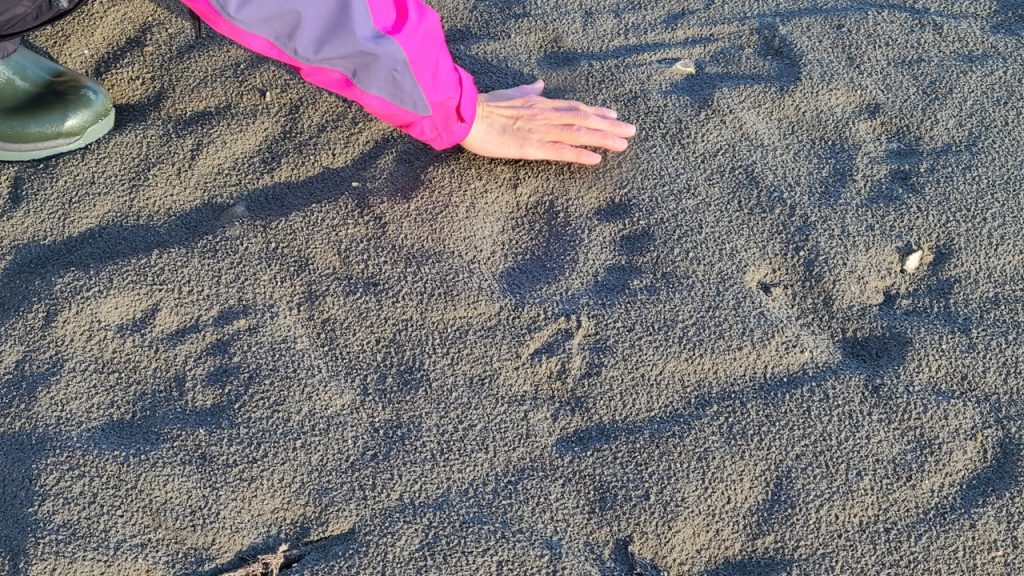
Tuesday morning, we were up early to watch the seabirds and admire the many glaciers. However, after breakfast, we were unable to land at Signehamma – a German weather station from WW II – due to morning fog. Instead, we learned about Salomon August Andrée and his failed polar balloon expeditions. He was born in Sweden in 1854 and dreamed of becoming the first to reach the North Pole via a hydrogen balloon. In 1886 he began to assemble a huge balloon with a 3-story-tall basket in Svalbard from 60 Chinese silks that was 20-meters in diameter. His plan was to maneuver to the North Pole releasing homing pigeons along the way, and eventually land in Alaska. The 1896 winds delayed him one year, and then, in 1897 he launched. The balloon moved north, lost some of its ropes and sailed away never to be seen again. However, in 1924 a group sailing to Spitsbergen’s most northern island found the balloon and corpses of the crew still in their sleeping bags. The balloon’s cameras and film were recovered and revealed that the balloon rose too high and then crashed. They had only made it to the 82 degree latitude. The balloon and their bodies were returned to Sweden. After lunch, we arrived in Hamburgbukta where we took zodiacs to shore and were amused by the harbor seals on the rocks. This was the sandiest beach we had yet encountered. After returning to the ship, a couple of the guides told us of their “ski and kite expedition” adventure across Svalbard during the Covid shutdown. They crossed the island south to north, were attacked by a polar bear, and took over a month of surviving on the ice to do it. Then we docked at the town of Ny Alesund which had started as a mine. It was here that in 1926 Roald Amundsen and 15 other men launched the zeppelin “Norge” to successfully reach the North Pole. This followed his failed attempt in 1918 to reach the North Pole by traversing the Northeast Passage on the ship Maud. We walked the gravel streets that house only 30 people in the winter-time but ~200 people in the summer as 10 different countries have research centers here. This is the most northern established town in the world and we visited the zeppelin mast tower, the local museum and the small souvenir shop. That night, we had our farewell dinner on the ship and said farewell to the captain and his wife.
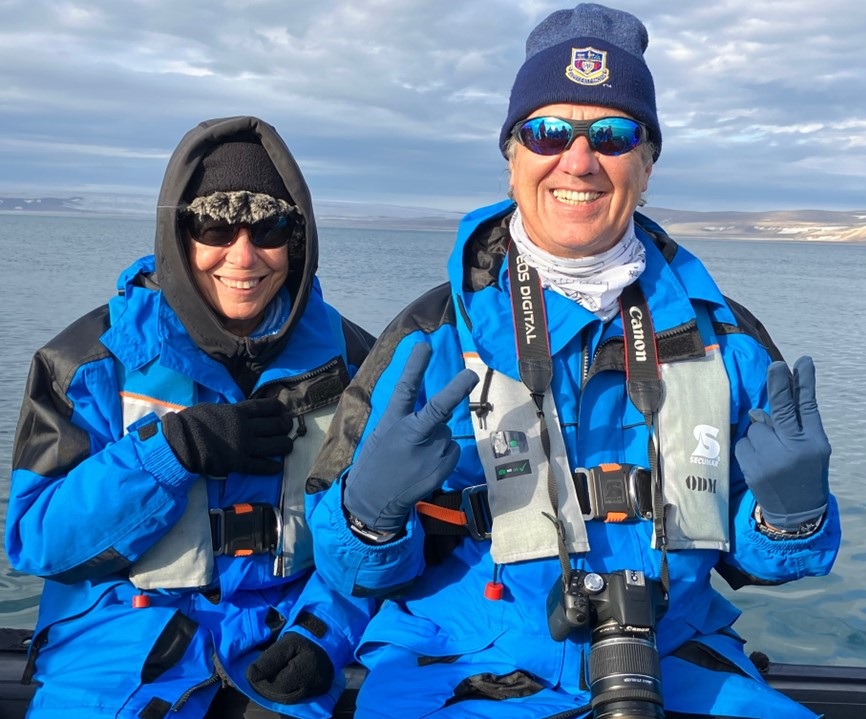

The next morning, we returned to Longyearbyen where we visited the Global Seed Vault and watched a large pod of beluga whales cruising up and down the harbor.
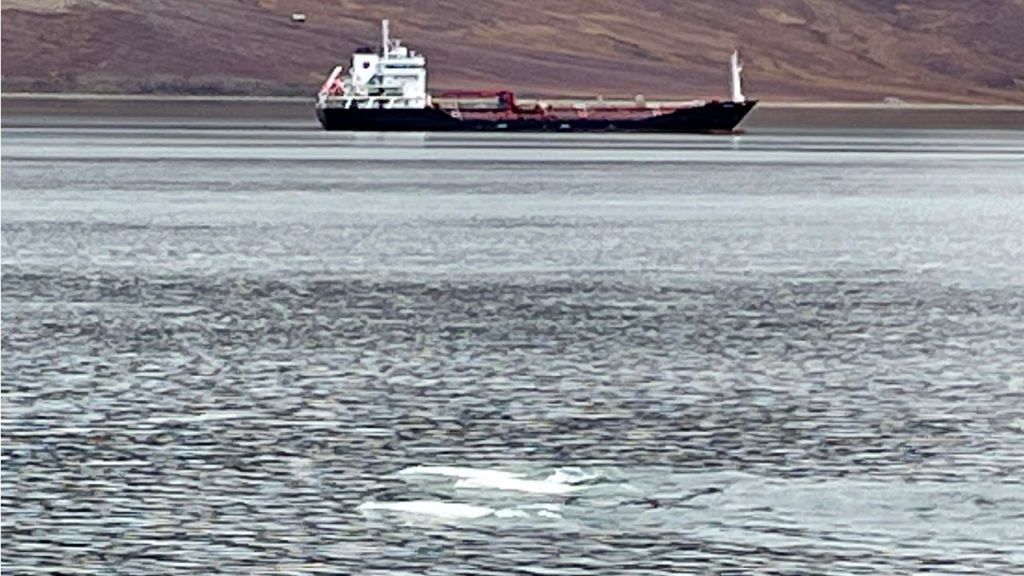
From there, we flew back to Oslo where we had our trip’s official Farewell Dinner. The, early the next morning, we began our trip’s extension with an early morning 3-hour flight to Copenhagen, Denmark.
